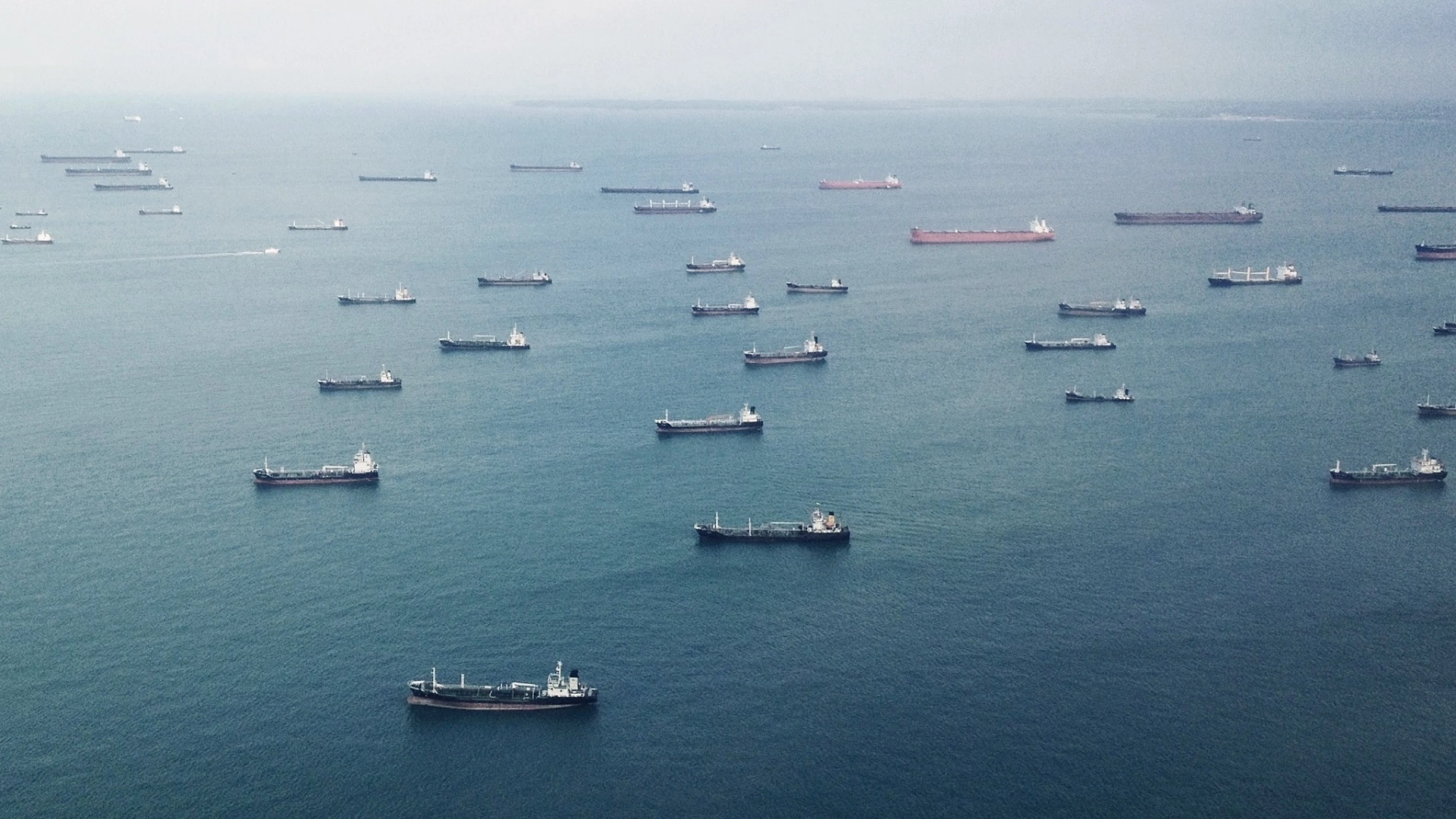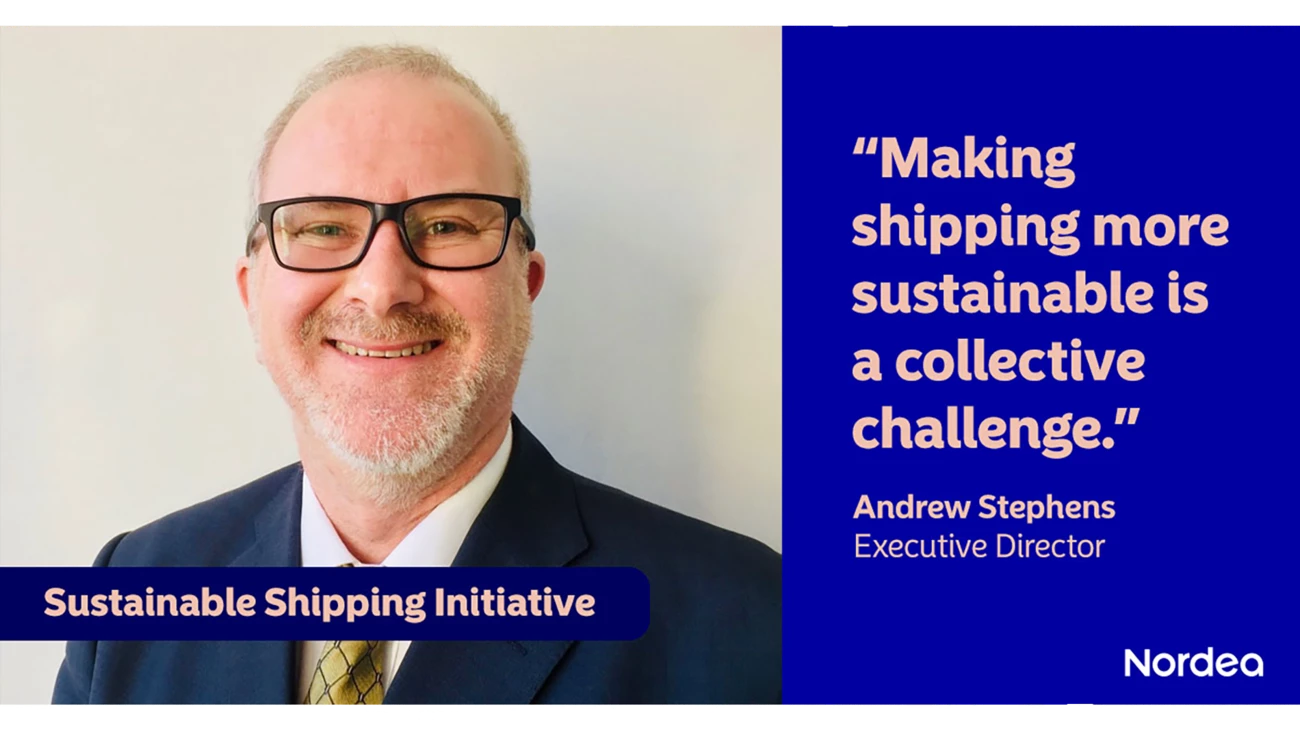What are the biggest challenges in the shipping sector when it comes to becoming more sustainable?
Transparency. More is happening in the way the industry operates, for example through decarbonisation, where emission targets, regulatory requirements and demand from financial stakeholders and customers are paving the way to more disclosure and transparency. But how is reporting done, and how credible is it? Is it voluntary, and is it verified by any external authorities, bodies or agents?
Historically, shipping has been resistant to sharing information for fear of it being used in a competitive way, even if not proprietary. Transparency thus remains a challenge, but it is trending upwards, with more demand for data enabling stakeholders to make informed decisions around sustainability performance.
Financial institutions are leading the way forward with, for example, the Poseidon Principles[1], through which they disclose data on the climate alignment of their shipping portfolios.
Where is the most progress being made?
Right now, progress is focused on the decarbonisation front. That’s where we see real discourse, action and collaboration between public and private sectors. There’s a hunger for rapid decarbonisation and a need for stakeholders to work together on this problem – it will not be fixed by one group alone.
The discussion at the moment is focused on alternative fuels and technologies for decarbonisation, which SSI is working on as a knowledge partner of the Fuels & Technologies workstream of the Getting to Zero Coalition. Additionally, the sustainability credentials of these fuels are also a key issue under consideration, ensuring that, for example, hydrogen and ammonia are derived from sustainable sources. The breakthroughs are there from a technical perspective, but it’s the scaling up and the upstream infrastructure that need addressing.
This presents an opportunity for finance to enable and support shipping’s transition to zero (or low) carbon fuels such as green hydrogen or green ammonia from wind and solar.





